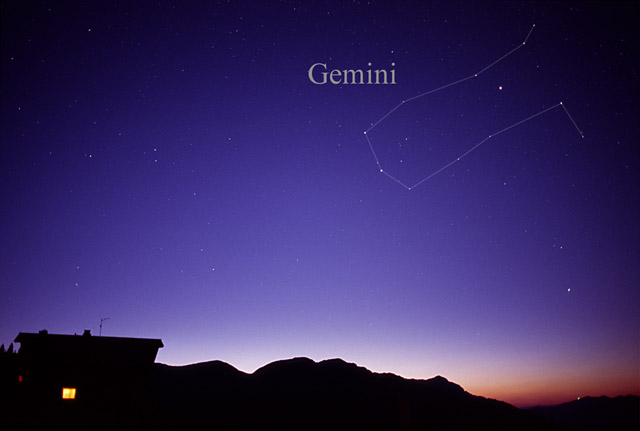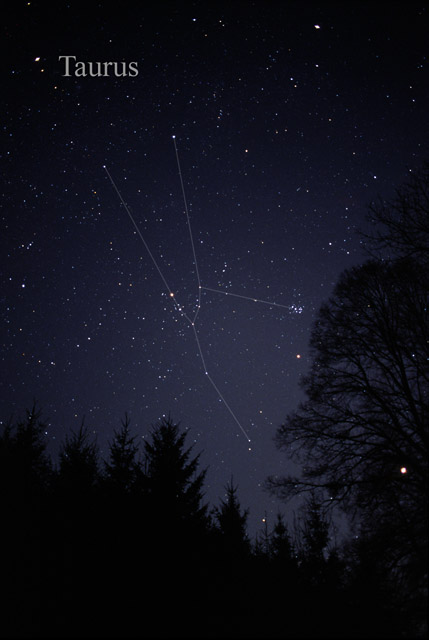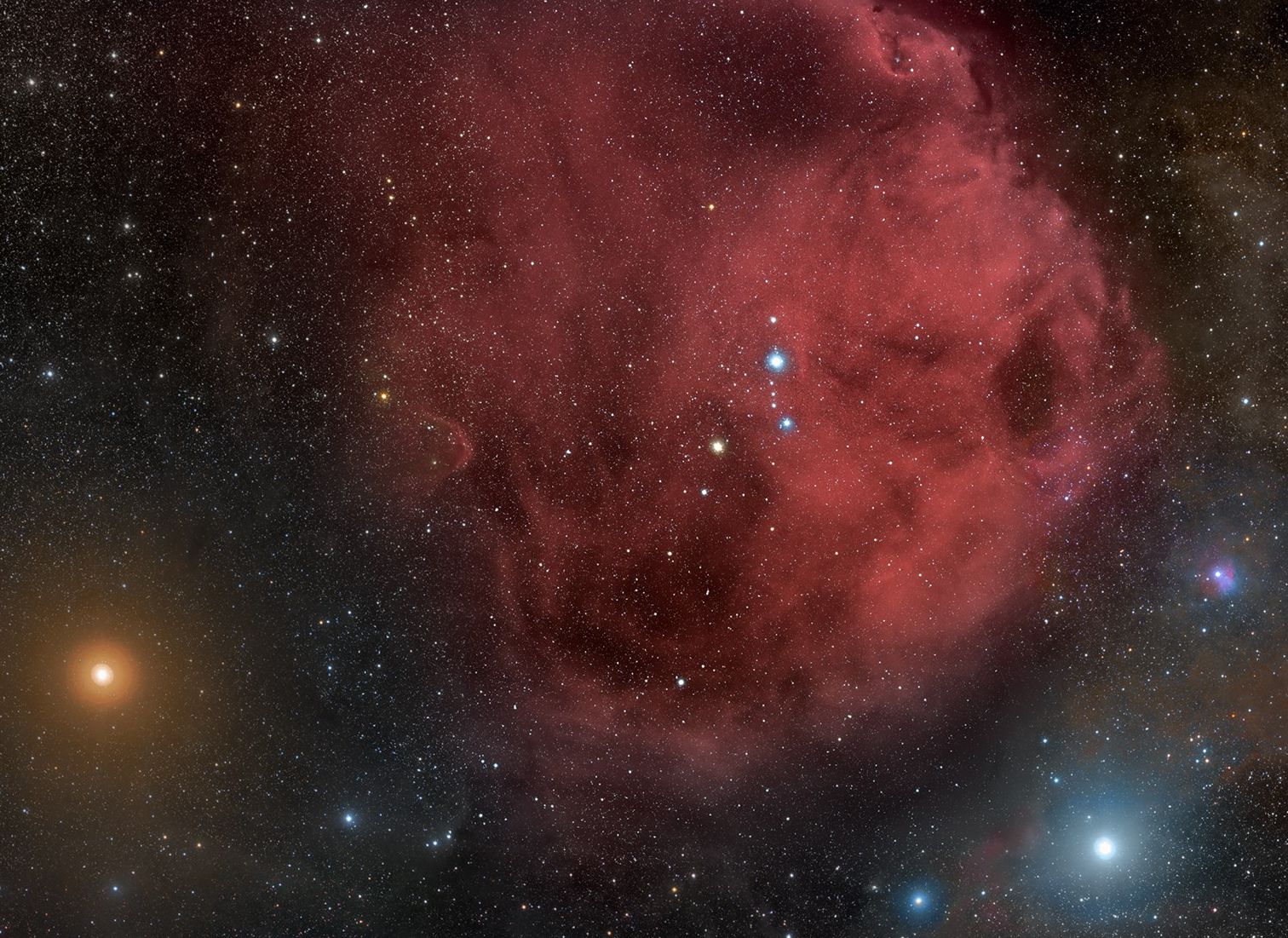|
Orion (Chinese Astronomy)
The modern constellation Orion lies across two of the quadrants, symbolized by the White Tiger of the West (西方白虎, ''Xī Fāng Bái Hǔ'') and Vermilion Bird of the South (南方朱雀, ''Nán Fāng Zhū Què''), that divide the sky in traditional Chinese uranography. The name of the western constellation in modern Chinese is 猎户座 (''liè hù zuò''), meaning "the hunter constellation". Stars The map of Chinese constellation in constellation Orion area consists of : See also *Traditional Chinese star names Chinese star names ( Chinese: , ''xīng míng'') are named according to ancient Chinese astronomy and astrology. The sky is divided into star mansions (, ''xīng xiù'', also translated as "lodges") and asterisms (, ''xīng guān''). The system of ... * Chinese constellations References {{Reflist External linksOrion – Chinese associations香港太空館https://web.archive.org/web/20120813070951/http://www.lcsd.gov.hk/CE/Museum/Space/Research/c_index.htm 研 ... [...More Info...] [...Related Items...] OR: [Wikipedia] [Google] [Baidu] |
Orion (constellation)
Orion is a prominent constellation located on the celestial equator and visible throughout the world. It is one of the most conspicuous and recognizable constellations in the night sky. It is named after Orion (mythology), Orion, a hunter in Greek mythology. Its brightest stars are the blue-white Rigel (Beta Orionis) and the red Betelgeuse (Alpha Orionis). Characteristics Orion is bordered by Taurus to the northwest, Eridanus to the southwest, Lepus to the south, Monoceros (constellation), Monoceros to the east, and Gemini to the northeast. Covering 594 square degrees, Orion ranks twenty-sixth of the 88 constellations in size. The constellation boundaries, as set by Belgian astronomer Eugène Joseph Delporte, Eugène Delporte in 1930, are defined by a polygon of 26 sides. In the equatorial coordinate system, the right ascension coordinates of these borders lie between and , while the declination coordinates are between and . The constellation's three-letter abbreviation, as ... [...More Info...] [...Related Items...] OR: [Wikipedia] [Google] [Baidu] |
18 Orionis
This is the list of notable stars in the constellation Orion, sorted by decreasing brightness. See also *List of stars by constellation All stars but one can be associated with an IAU constellation. IAU constellations are areas of the sky. Although there are only 88 IAU constellations, the sky is actually divided into 89 irregularly shaped boxes as the constellation Serpens is spl ... References * * * * * {{Portal bar, Astronomy, Stars, Spaceflight, Outer space, Solar System *List Orion ... [...More Info...] [...Related Items...] OR: [Wikipedia] [Google] [Baidu] |
57 Orionis
This is the list of notable stars in the constellation Orion, sorted by decreasing brightness. See also *List of stars by constellation All stars but one can be associated with an IAU constellation. IAU constellations are areas of the sky. Although there are only 88 IAU constellations, the sky is actually divided into 89 irregularly shaped boxes as the constellation Serpens is spl ... References * * * * * {{Portal bar, Astronomy, Stars, Spaceflight, Outer space, Solar System *List Orion ... [...More Info...] [...Related Items...] OR: [Wikipedia] [Google] [Baidu] |
Gemini (constellation)
Gemini is one of the constellations of the zodiac and is located in the northern celestial hemisphere. It was one of the 48 constellations described by the 2nd century AD astronomer Ptolemy, and it remains one of the 88 modern constellations today. Its name is Latin for ''twins'', and it is associated with the twins Castor and Pollux in Greek mythology. Its old astronomical symbol is (♊︎). Location Gemini lies between Taurus to the west and Cancer to the east, with Auriga and Lynx to the north, Monoceros and Canis Minor to the south and Orion to the south-west. In classical antiquity, Cancer was the location of the Sun on the first day of summer (June 21). During the first century AD, axial precession shifted it into Gemini. In 1990, the location of the Sun on the first day of summer moved from Gemini into Taurus, where it will remain until the 27th century AD and then move into Aries. The Sun will move through Gemini from June 21 to July 20 through 2062. Gemini i ... [...More Info...] [...Related Items...] OR: [Wikipedia] [Google] [Baidu] |
Taurus (constellation)
Taurus (Latin for "the Bull") is one of the constellations of the zodiac and is located in the northern celestial hemisphere. Taurus is a large and prominent constellation in the Northern Hemisphere's winter sky. It is one of the oldest constellations, dating back to the Early Bronze Age at least, when it marked the location of the Sun during the spring equinox. Its importance to the agricultural calendar influenced various bull figures in the mythologies of Ancient Sumer, Akkad, Assyria, Babylon, Egypt, Greece, and Rome. Its old astronomical symbol is (♉︎), which resembles a bull's head. A number of features exist that are of interest to astronomers. Taurus hosts two of the nearest open clusters to Earth, the Pleiades and the Hyades, both of which are visible to the naked eye. At first magnitude, the red giant Aldebaran is the brightest star in the constellation. In the northeast part of Taurus is Messier 1, more commonly known as the Crab Nebula, a supernova remnant co ... [...More Info...] [...Related Items...] OR: [Wikipedia] [Google] [Baidu] |
104 Tauri
104 Tauri (104 Tau) is the Flamsteed designation for a star in the equatorial constellation of Taurus. It has an apparent magnitude of 4.92, which is bright enough to be seen with the naked eye. Based upon parallax measurements, this star is located about 50 light-years from the Sun. It is moving further from the Sun with a heliocentric radial velocity of +20 km/s. This star has a stellar classification of G4 V, which suggests it is an ordinary G-type main-sequence star that is generating energy through hydrogen fusion at its stellar core. It is an estimated 10 billion years old and is spinning with a projected rotational velocity of 10 km/s. The star has about the same mass as the Sun, with 1.6 times the Sun's radius. It is radiating 2.4 times the Sun's luminosity from its photosphere at an effective temperature of . The apparent brightness of this star indicates that it is a young, population I star. However, the chemical abundances in its o ... [...More Info...] [...Related Items...] OR: [Wikipedia] [Google] [Baidu] |
Chi1 Orionis
Chi1 Orionis (χ1 Ori, χ1 Orionis) is a star about 28 light years away. It is in the constellation Orion, where it can be seen in the tip of the hunter's upraised club. χ1 Ori is a G0V star. It is listed in the General Catalog of Variable Stars as an RS Canum Venaticorum variable, varying between visual magnitude 4.38 and 4.41. Stępień and Geyer measured its period to be 5.5 days. χ1 Ori has a faint companion with a mass estimated at about 15 % of the mass of the Sun, and an orbital period of 14.1 years. The companion orbits an average distance of 6.1 AU from the primary, but has a fairly high orbital eccentricity, ranging from 3.3 AU out to 8.9 AU from the primary. Because of this red dwarf companion, the likelihood of habitable planets in this system is low. It is thought that the companion is a red dwarf still contracting towards the main sequence In astronomy, the main sequence is a continuous and distinctive band of stars that appears on plots of s ... [...More Info...] [...Related Items...] OR: [Wikipedia] [Google] [Baidu] |
Chi2 Orionis
Chi2 Orionis (Chi2 Ori / χ2 Orionis / χ2 Ori) is a B-type supergiant star in the constellation of Orion. It has an apparent visual magnitude of 4.63 but being quite distant, and heavily extinguished it burns with the greatest absolute visual light magnitude among stars in Orion within the near reaches of the galaxy, 0.9 of a magnitude brighter than Rigel. Since 1943, the spectrum of this star has served as one of the stable anchor points by which other stars are classified. It is considered to be a member of the Gemini OB1 association. In apparent brightness it ranks, within Orion, admitting the higher published mean brightness of much more variable stars ranked above it, 35th. Chi1 Orionis is an unrelated, yellow, main sequence star over two degrees away. Spectrum χ2 Orionis has a B2 bright supergiant spectrum and is one of the standard B2 Ia stars. It has been reported as having unusually narrow absorption lines and some weak emi ... [...More Info...] [...Related Items...] OR: [Wikipedia] [Google] [Baidu] |
Phi Orionis
Phi (; uppercase Φ, lowercase φ or ϕ; grc, ϕεῖ ''pheî'' ; Modern Greek: ''fi'' ) is the 21st letter of the Greek alphabet. In Archaic and Classical Greek (c. 9th century BC to 4th century BC), it represented an aspirated voiceless bilabial plosive (), which was the origin of its usual romanization as . During the later part of Classical Antiquity, in Koine Greek (c. 4th century BC to 4th century AD), its pronunciation shifted to that of a voiceless bilabial fricative (), and by the Byzantine Greek period (c. 4th century AD to 15th century AD) it developed its modern pronunciation as a voiceless labiodental fricative (). The romanization of the Modern Greek phoneme is therefore usually . It may be that phi originated as the letter qoppa (Ϙ, ϙ), and initially represented the sound before shifting to Classical Greek . In traditional Greek numerals, phi has a value of 500 () or 500,000 (). The Cyrillic letter Ef (Ф, ф) descends from phi. As with other Greek ... [...More Info...] [...Related Items...] OR: [Wikipedia] [Google] [Baidu] |
Lambda Orionis
Meissa , designated Lambda Orionis (λ Orionis, abbreviated Lambda Ori, λ Ori) is a star in the constellation of Orion. It is a multiple star approximately away with a combined apparent magnitude of 3.33. The main components are an O8 giant star and a B-class main sequence star, separated by about 4″. Despite Meissa being more luminous and only slightly further away than Rigel, it appears 3 magnitudes dimmer at visual wavelengths, with much of its radiation emitted in the ultraviolet due to its high temperature. Nomenclature ''Lambda Orionis'' is the star's Bayer designation. The traditional name ''Meissa'' derives from the Arabic ''Al-Maisan'' which means 'The Shining One'. ''Al-Maisan'' was originally used for Gamma Geminorum, but was mistakenly applied to Lambda Orionis and the name stuck. In 2016, the International Astronomical Union organized a Working Group on Star Names (WGSN) to catalog and standardize proper names for stars. The WGSN's first bulle ... [...More Info...] [...Related Items...] OR: [Wikipedia] [Google] [Baidu] |
Turtle Beak (Chinese Constellation)
The Turtle Beak mansion (觜宿, pinyin: Zī Xiù) is one of the twenty-eight mansions of the Chinese constellations. It is one of the western mansions of the White Tiger The white tiger or bleached tiger is a leucistic pigmentation variant of the Mainland tiger. It is reported in the wild from time to time in the Indian states of Madhya Pradesh, Assam, West Bengal, Bihar, Odisha, in the Sunderbans region and .... Asterisms References {{DEFAULTSORT:Turtle Beak (Chinese Constellation) Chinese constellations ... [...More Info...] [...Related Items...] OR: [Wikipedia] [Google] [Baidu] |
5 Orionis
This is the list of notable stars in the constellation Orion, sorted by decreasing brightness. See also *List of stars by constellation All stars but one can be associated with an IAU constellation. IAU constellations are areas of the sky. Although there are only 88 IAU constellations, the sky is actually divided into 89 irregularly shaped boxes as the constellation Serpens is spl ... References * * * * * {{Portal bar, Astronomy, Stars, Spaceflight, Outer space, Solar System *List Orion ... [...More Info...] [...Related Items...] OR: [Wikipedia] [Google] [Baidu] |




